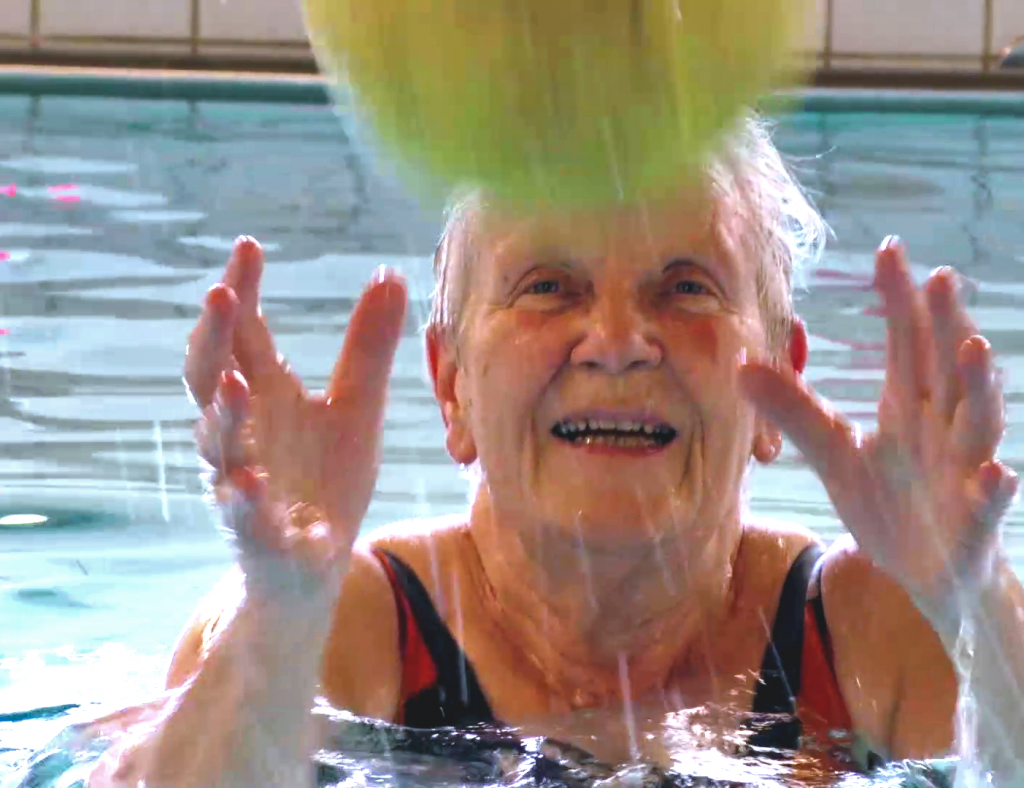Many related terms
There are several terms used to describe the practice of treating patients in water. Some of these terms refer to Passive forms of treating patients, some to Active forms and some to both. To end the confusion, we have listed the most commonly used terms and aquatic concepts below:
| Term | Description | Active or Passive |
|---|---|---|
| Aqua Running | Running in water, often with a flotation belt, to provide resistance without impact. | Active |
| Aquatic Exercise | Structured physical activities performed in water. | Active |
| Burdenko Method | An approach that combines water and land exercises to promote rehabilitation, conditioning, and training. | Active |
| Halliwick Concept | A method focusing on teaching swimming and independence in water, often used for people with disabilities. | Active |
| Water Aerobics | Aerobic exercise in shallow water. | Active |
| Ai Chi | A water-based relaxation practice that combines Tai Chi principles with Shiatsu and Qigong techniques. | Both |
| Aquatic Rehabilitation | Rehabilitative exercises and movements in water. | Both |
| Aquatic Therapy | Therapeutic interventions in a pool or aquatic environment. | Both |
| Bad Ragaz Ring Method | A form of aquatic therapy using floating rings to position the patient, focusing on neuromuscular re-education. | Both |
| Hydrotherapy | Use of water for therapeutic purposes, encompassing a wide range of treatments. | Both |
| Jahara | An aquatic technique emphasizing gentle, continuous movements and stretches, using floats for support. | Both |
| Balneotherapy | Treating health problems by bathing, often in mineral-rich waters. | Passive |
| Healing Dance | A type of aquatic therapy that combines elements of dance, massage, and stretching in water. | Passive |
| Oceanic Bodywork | A form of aquatic therapy that involves massage and energy work in water, inspired by Polynesian traditions. | Passive |
| Watsu | Combination of massage, joint mobilization, and shiatsu while floated in warm water. | Passive |
| Water Dance | A form of aquatic bodywork where the receiver is gently moved, stretched, and massaged both above and below the surface of the water. | Passive |
Find out more about the above treatment modalities
Active or Passive Aquatic Therapy, what’s the difference?
Aquatic therapy, also known as hydrotherapy or pool therapy, is a form of physical therapy that takes place in water, typically in a specialized therapeutic pool. The buoyancy, resistance, and thermal properties of water offer unique advantages for rehabilitation and exercise. Both active and passive aquatic therapy techniques are used to treat a variety of conditions, but they differ in their approach and application. Here are the key differences between active and passive aquatic therapy:
- Nature of Participation:
- Active Aquatic Therapy: Involves the patient actively performing exercises and movements in the water. These exercises can range from simple movements, like walking or stretching, to more complex exercises using aquatic equipment.
- Passive Aquatic Therapy: The patient remains relatively still, and the therapeutic effects come from external sources. This might include water jets for massage, gentle manual manipulation by a therapist, or simply floating to relieve pressure on joints.
- Primary Goal:
- Active: To improve strength, flexibility, balance, and cardiovascular endurance. The resistance of the water makes it an effective medium for strengthening and conditioning.
- Passive: To promote relaxation, decrease pain, improve circulation, and reduce muscle spasm. It’s more about leveraging the soothing and buoyant properties of water.
- Equipment:
- Active: May use kickboards, noodles, weights, resistance paddles, and other aquatic tools to enhance the exercise regimen.
- Passive: Might use floatation devices, water jets, or other tools designed to provide relaxation and relief.
- Therapist’s Role:
- Active: The therapist often guides the patient through a series of exercises, ensuring proper form and progression. The therapist might also be in the water with the patient.
- Passive: The therapist may gently manipulate the patient’s body, ensuring they are in a comfortable position or using tools like water jets to target specific areas.
- Conditions Treated:
- Active: Beneficial for post-surgical rehab, arthritis, neurological conditions, orthopedic injuries, and more.
- Passive: Often used for pain management, stress relief, muscle relaxation, and certain conditions where active movement might be contraindicated.
- Duration and Intensity:
- Active: Can be more intense and may last longer, depending on the patient’s endurance and the goals of the therapy.
- Passive: Typically more gentle and can be shorter in duration, focusing on relaxation and relief.
- Progression:
- Active: As the patient progresses, exercises can become more challenging, and resistance can be increased.
- Passive: The focus remains on relaxation and relief, so progression might involve longer sessions or targeting different areas of discomfort.
While both active and passive aquatic therapies leverage the unique properties of water for therapeutic benefits, active therapy emphasizes movement and exercise, whereas passive therapy focuses on relaxation and relief. The choice between the two often depends on the patient’s condition, goals, and the recommendations of the therapist.
